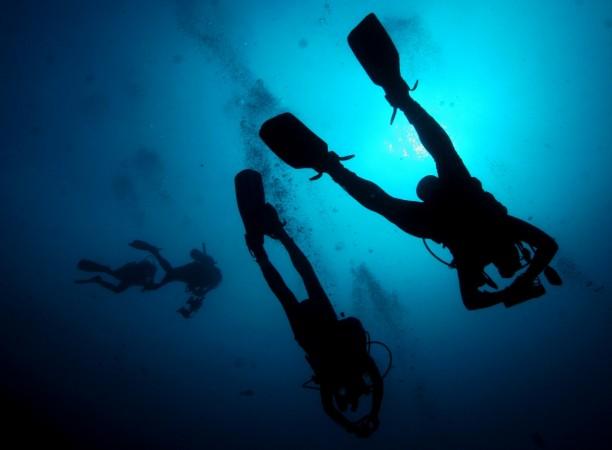
The US defence lab that is often at the forefront of technological breakthroughs -- though rarely feted for it -- Defence Advanced Research Projects Agency (DARPA) has undertaken a new program that could transform the way one communicates on a modern battlefield.
DARPA is embarking on a new program called A Mechanically Based Antenna (AMEBA) which will leverage the benefits of ultra low frequency (ULF) and very low frequency (VLF). The electromagnetic spectrum band can penetrate water, soil, rock, metal and building materials. It also has the potential for long-distance communication.
If this program is successful, then SCUBA divers will be able to use a ULF channel for communication.
The program also has huge potential for military applications since it can also be used to communicate with nearby submarines, UAVs, soldiers and intelligence operatives in deep bunkers, caves, and in other radio-dead zones.
Troy Olsson is the program manager of the AMEBA project.
The project is also attempting to develop new transmitters that will "ultimately enable direct soldier-to-soldier text and voice communication across continents and oceans", said a DARPA news post.
One problem with developing such radio communication sets is the requirement for taller antennae, as length is directly related to frequency. Apart from the huge antenna size, these will also need considerable power to transmit a signal.
A standard military man-packable PRC-117 Harris SATCOM radio consumes less than 60 watts of power.
So the program will help develop a transmitter that will allow users to carry it handheld or in man-packable devices.
"Rather than relying on electronic circuits and power amplifiers to create oscillating electric currents that, when driven into antennas, initiate radio signals, the new low-frequency VLF and ULF antennas sought in the AMEBA program would generate the signals by mechanically moving materials harbouring strong electric or magnetic fields," Olsson explained.
"With AMEBA, we expect to change that. And if we do catalyse the innovations we have in mind, we should be able to give our warfighters [sic] extremely valuable mission-expanding channels of communications that no one has had before," Olsson added.
Since GPS does not work underwater, naval divers can use the ULF for triangulation and locating submarines, Military Times noted.
SATCOM radios are vulnerable to attack, with both China and Russia possessing the ability to take down satellites. So in such an environment, using ULF and VLF communication will change the way fighters communicate.
Further, these radio transmitters can also be used in search and rescue to listen to victims trapped under earthquake rubble as ULF and VLC can penetrate building, debris, and rocks too.
DARPA has announced a Proposers Day on January 6, 2017 at the Booz Allen Hamilton Conference Centre in McLean, Va.
DARPA is expected to reveal the vision, technology goals, R&and D challenges of the AMEBA program and will answer questions from potential proposers.








